I Started Drawing Maps
Because I need to be more M-skilled.
My new experimental hobby reflects something crucial about survival in the future of work: the rise of M-shaped professionals.
You may have seen some drawings I posted earlier. Back in my teenage years, my creativity was all about cartoons and computers—until I hit the classic fork in the road. Two passions, one future: drawing or programming. Which one shall it be? 🤔
I went with software engineering. The math was simple: I loved coding more than sketching, and the job prospects for engineers looked a hell of a lot more compelling than the starving artist scenarios I was familiar with.
Computer science it was.
My drawing skills didn't disappear entirely. I made the illustrations for my first three books—Management 3.0, How to Change the World, and Managing for Happiness. But eventually, the creative itch faded. I needed focus. Everyone in the agile community said, "Do one thing and do it well!" At the time, I agreed. The business environment was relatively stable and predictable, and there was too much for me to do in the management and leadership space. And frankly, professional illustrators easily beat me at anything I could produce. So, about ten years ago, I ditched my sketchbook.
Cut to 2025.
Now, AI is devouring everything in sight. Writing, programming, managing, illustrating—the entire professional food chain is getting reorganized by algorithms. The world of business is more uncertain than ever! It's time to diversify.
This summer, wandering around the palazzos of Lago Maggiore, I found myself mesmerized by the statues, tapestries, paintings, and mosaics. Something stirred—the urge to create with my hands again. To step away from screens and tablets and make something tangible.
I bounced ideas off my buddy Zed (ChatGPT) and asked Gemini for a deep research report on potential hobbies that would satisfy my preferences. But nothing clicked.
Then I spotted someone unfolding a paper map.
Maps.
Of course. Maps!
Here are my first three hand-drawn maps:
I've been obsessed with maps since forever. Those beautiful hand-drawn spreads in fantasy books, century-old wall posters, and those gloriously impractical paper maps that GPS effectively murdered. My spatial navigation has always been solid (probably connected to my number-form synesthesia). I scored a near-perfect 10/10 on spatial math in high school. I love lines, colors, and abstract models. Hell, I'd already named my Substack "The Maverick Mapmaker." The universe was practically screaming the obvious choice at me.
Duh!
But the real genius part is that current AI can't touch mapmaking. Go ahead, test it. Ask your favorite LLM to draw an accurate map of your country with local delicacies positioned over the right towns. Watch it fail spectacularly.
Prompt: "Show me a picture of The Netherlands with pictograms of well-known Dutch delicacies positioned on or near the towns that are usually associated with them."
The reason that LLMs cannot draw decent maps is fundamental: mapmaking is deterministic, not stochastic. When AI generates a cat on a skateboard, nobody cares exactly how the tail swings or where the paws land. But ask for a map of your local park, and suddenly precision matters. Every path, every building, every landmark needs to be exactly where it actually exists. AI excels at creative approximation but chokes on spatial accuracy.
Six months ago, I started "The Maverick Mapmaker" because I love finding patterns, designing models, and charting paths toward the future of work. It turns out the name of my Substack was more prophetic than metaphorical. Now I want to be a better mapmaker. I need to learn about models, letters, colors, drawing techniques, and visual representation. I'm even investing in cartographic research!
My new experimental hobby reflects something bigger about surviving the AI revolution: the rise of M-shaped professionals. Instead of deep expertise in one domain, smart workers are developing competence across multiple, often unrelated fields. (I refer to M-skilled people and the evidence supporting the concept in my book Human Robot Agent.)
The logic of anti-fragility is bulletproof. In an uncertain world where AI might obliterate your primary skill overnight, having two or three professional identities creates resilience and opportunities. If algorithms steal your thunder in one area, you've got backup domains where human insight still matters.
The innovation bonus is even better. Multi-skilled professionals consistently outperform single-domain specialists because they connect dots across unrelated disciplines. Cross-pollination breeds breakthrough thinking. Who knows how mapmaking skills will enhance my work as a writer, speaker, or advisor? The connections aren't obvious now, but they never are until they suddenly become essential.
M-shaped workers aren't just collecting random skills—they're building resilient, interconnected capability portfolios. They're betting that depth plus breadth beats depth alone, especially when the game keeps changing.
The old career advice was "find your passion and go deep." The new reality is "find multiple fascinations and build bridges between them." Specialists optimize for a stable world. Specializing generalists—the M-shaped professionals—optimize for a world where the rules rewrite themselves every few years.
So while AI devours traditional career paths, I'm over here learning to draw roads, symbols, buildings, and coastlines. It's wonderfully analog work that LLMs can't easily replicate (yet), creatively satisfying in ways screens cannot deliver (yet), and potentially valuable in ways I haven't even imagined (yet). And even if LLMs do catch up with me in a few years, examples in other domains suggest there's a huge market for artisanal, handcrafted work over automated, machine-generated products.
The only thing that sits between my current experiments and future paid work is 10,000 hours of deliberate practice.
I can do that.
What about you?
Are you developing yourself as an M-skilled worker? Because the alternative—betting everything on a single domain—is looking riskier by the day. The future belongs to those who think across boundaries.
Maybe it's time for you to draw your own map.
Jurgen
p.s. I am available for part-time/fractional advisory work. Each week I learn many things about organizational survival in the future of work. Let's talk.
Using the System Against Itself
Let's ensure that the toys of tech billionaires help create the very organizations they would never build themselves.
From Dollhouse to LEGO Bricks: Why Patterns Beat Frameworks
You've been there: explaining another organizational framework to glazed-over eyes, knowing you're just rearranging pieces in someone else's predetermined solution. What if instead of forcing your messy, human organization into a rigid framework, you could build something custom-fit from proven building blocks? The difference between success and frustra…


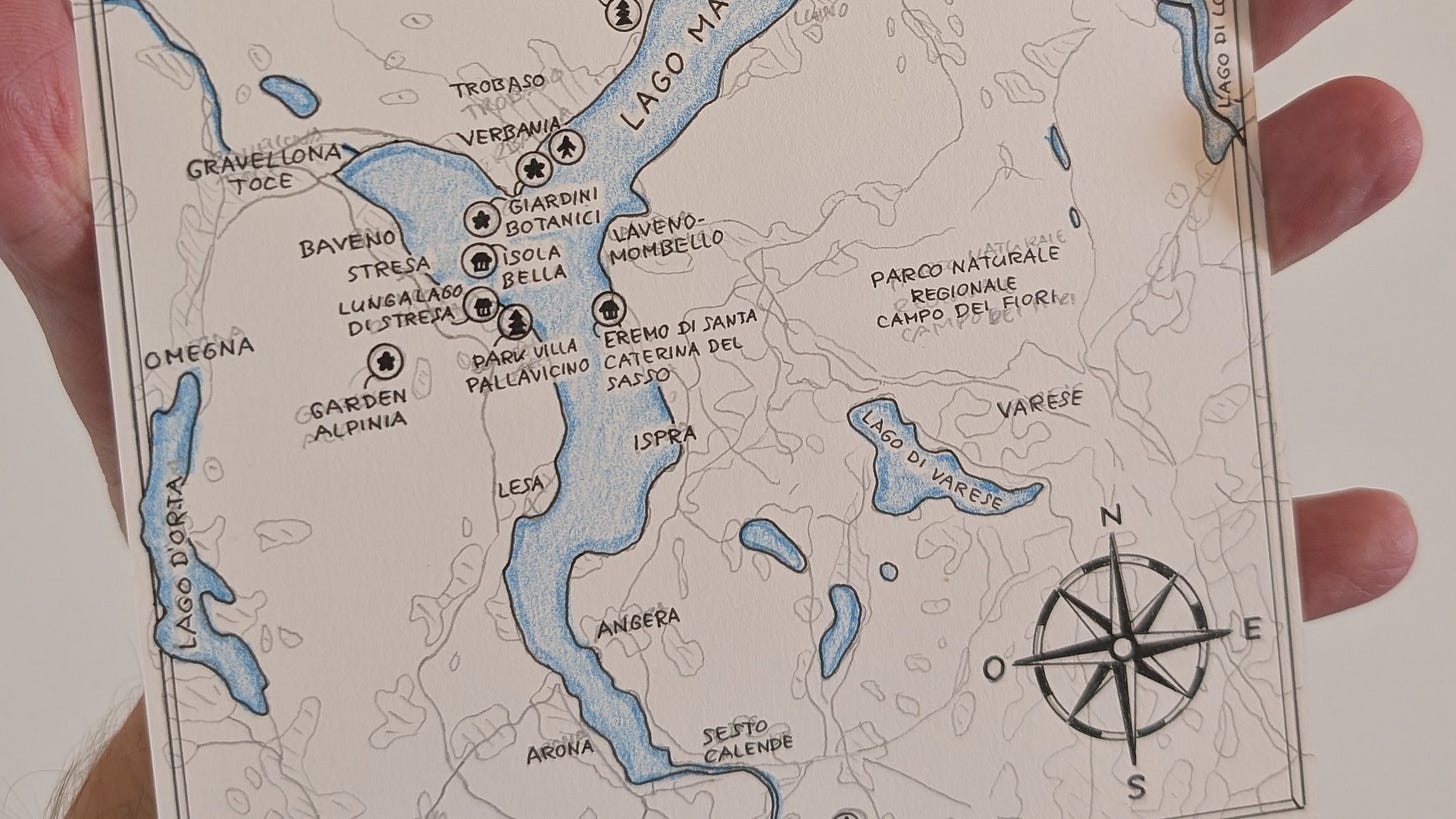

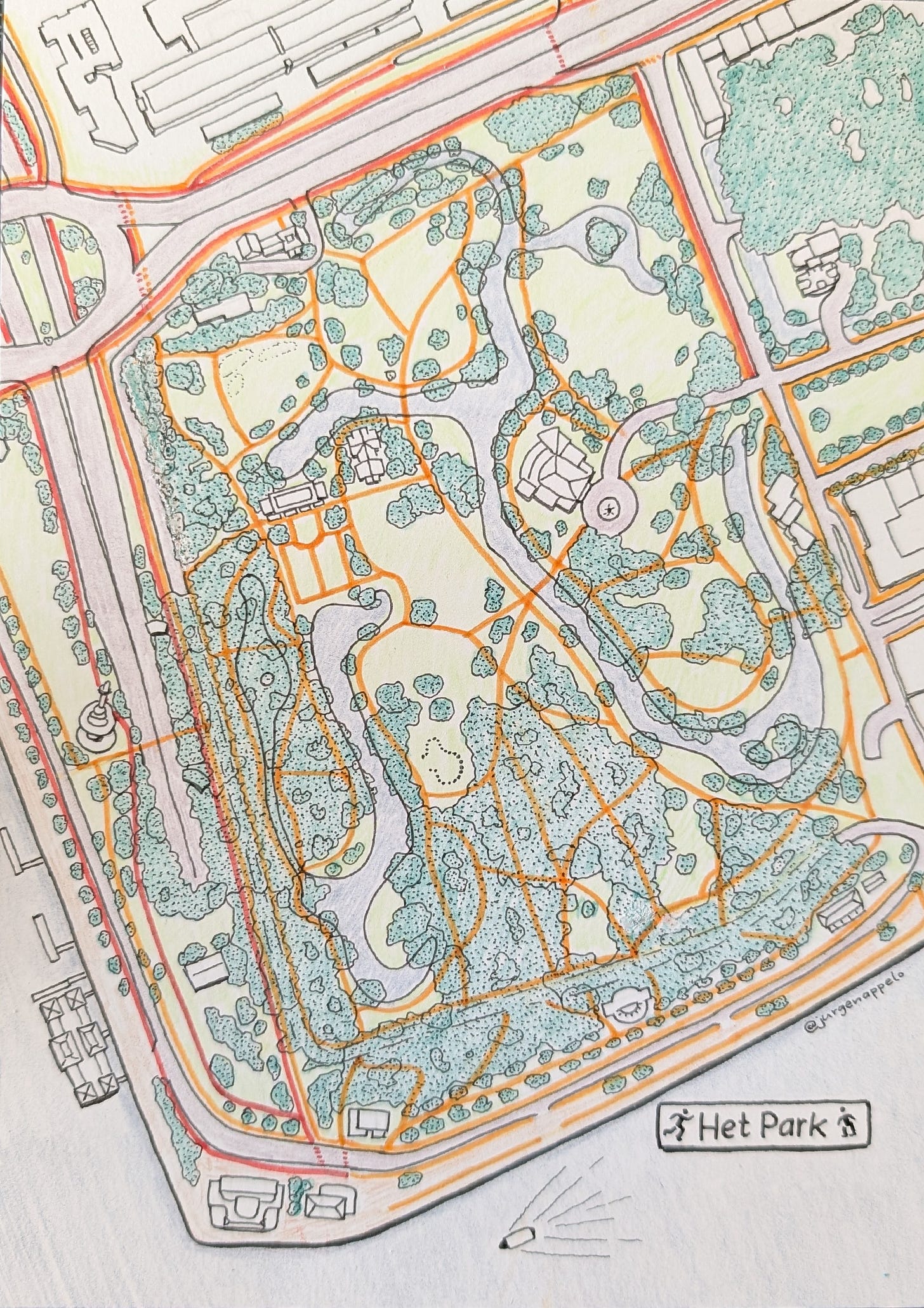
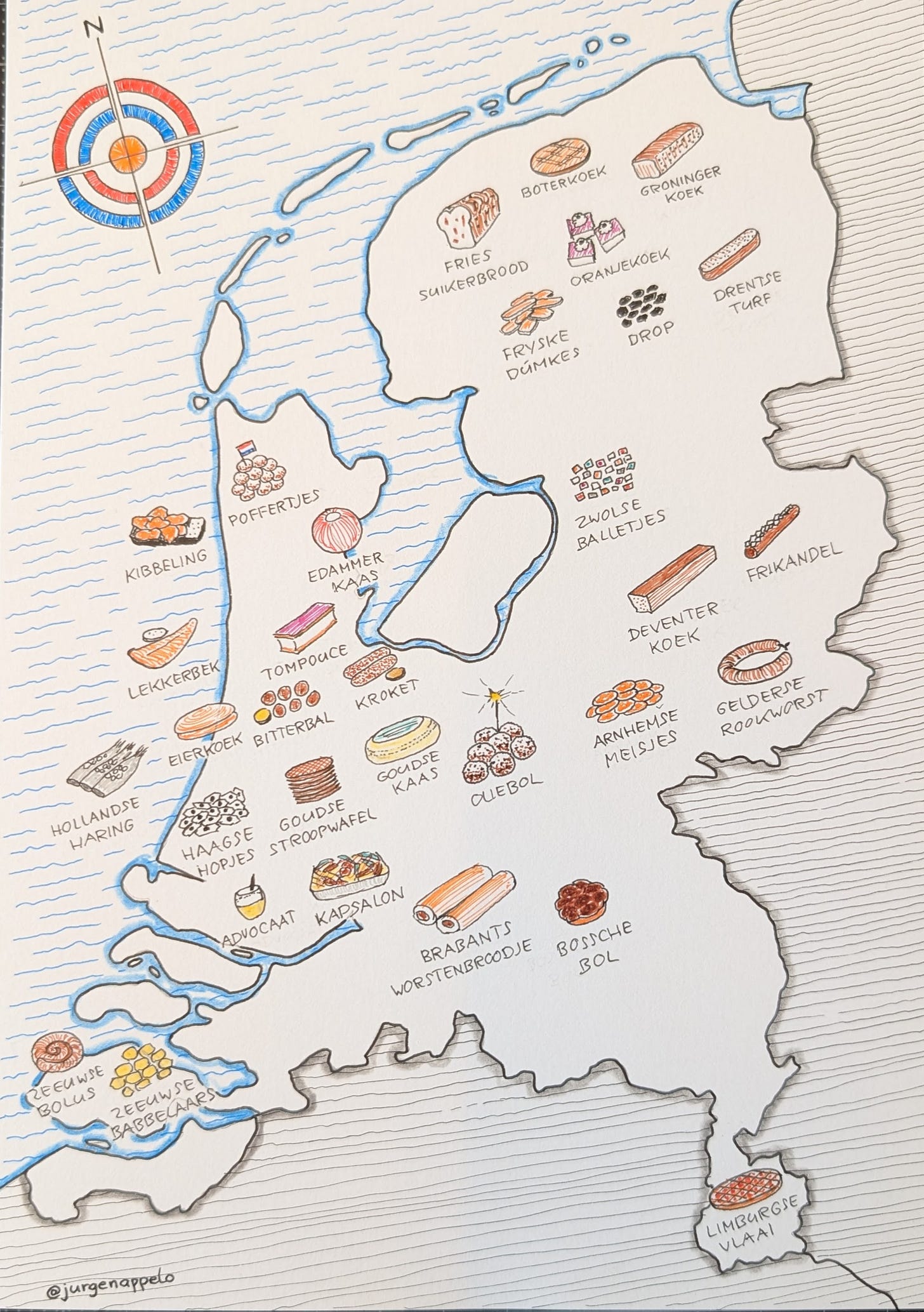

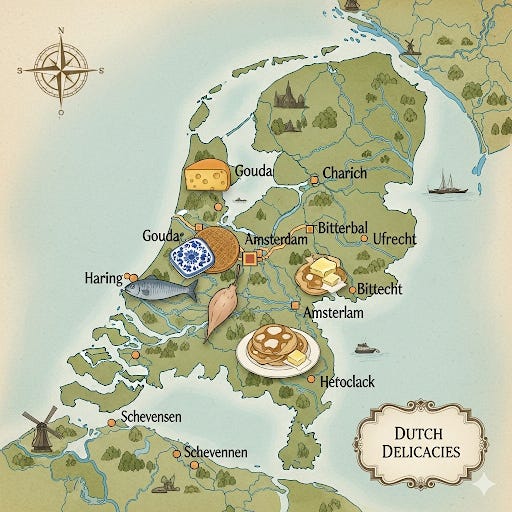
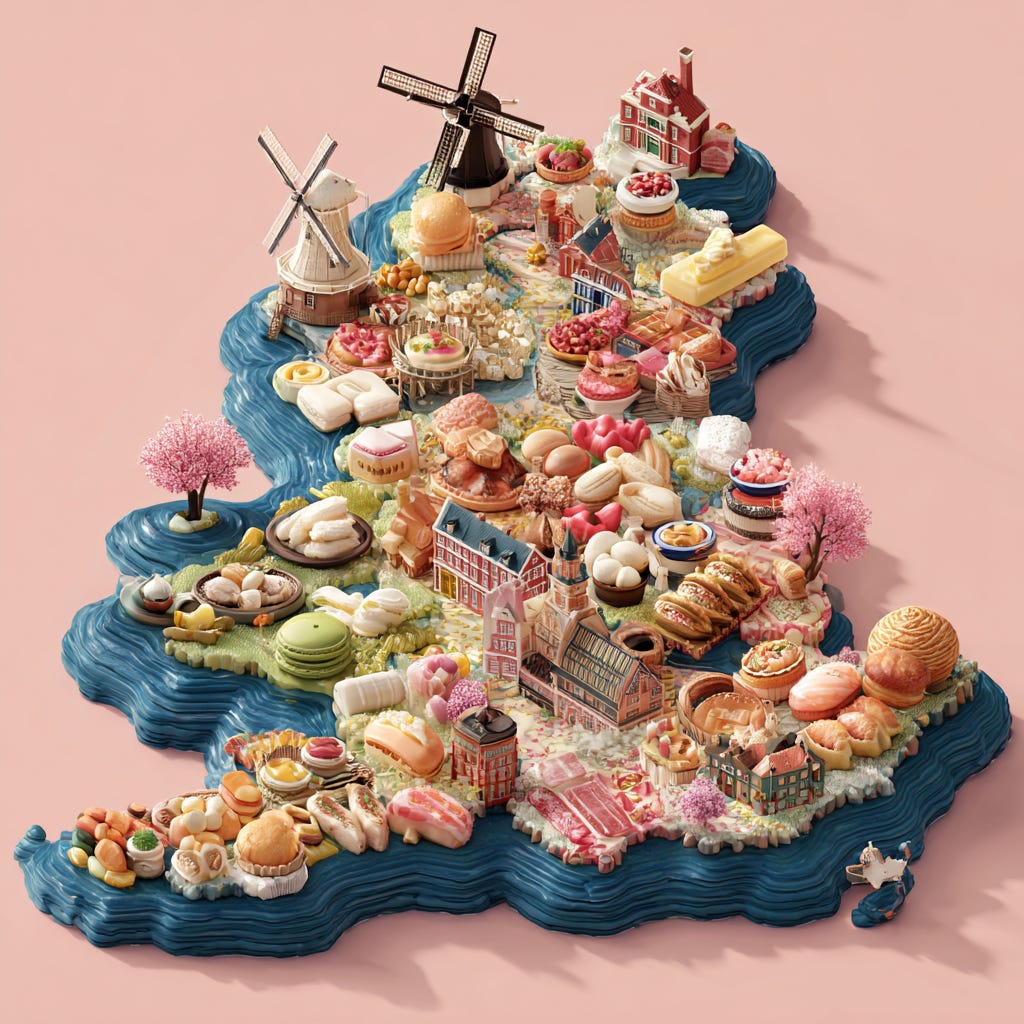
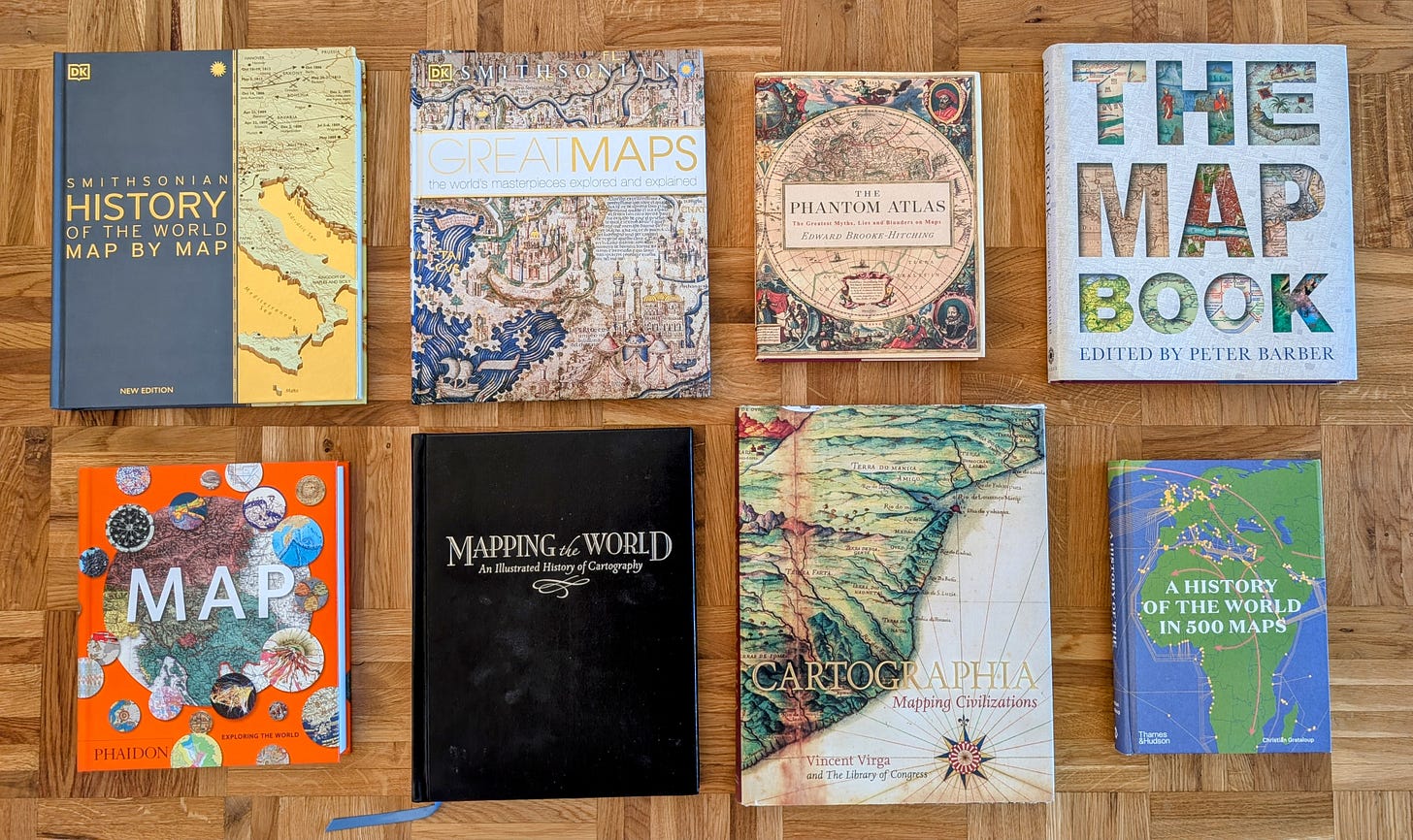
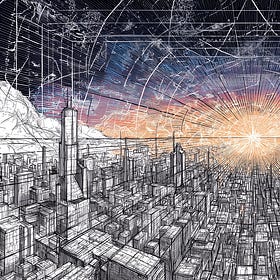
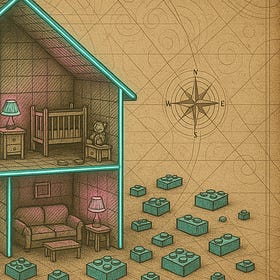
Love this “The new reality is ‘find multiple fascinations and build bridges between them.’ Specialists optimize for a stable world. The new reality is "find multiple fascinations and build bridges between them." Specialists optimize for a stable world. Specializing generalists—the M-shaped professionals—optimize for a world where the rules rewrite themselves every few years.”
Synthesists have always won out. You have to be interested enough to have enough data to see the dots. I often see people’s dots in their mind map (interestingly, there are maps to our experience that we carry around us) and join them when they can’t see or feel them.
It just occurred to be that I might start mapping people’s mind maps
Analog is key here 🙃 The scarcity effect and “one-of-a-kind” is real. I also believe that uniqueness of something hand made will be very much appreciated in the near future.